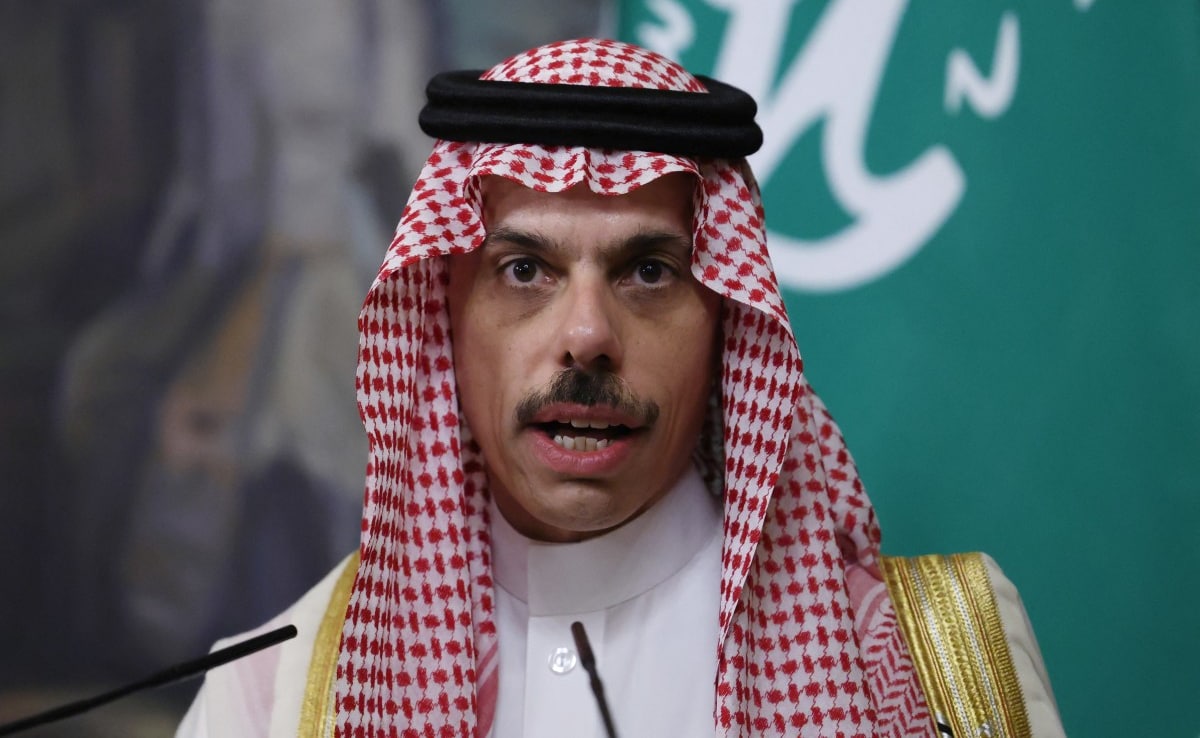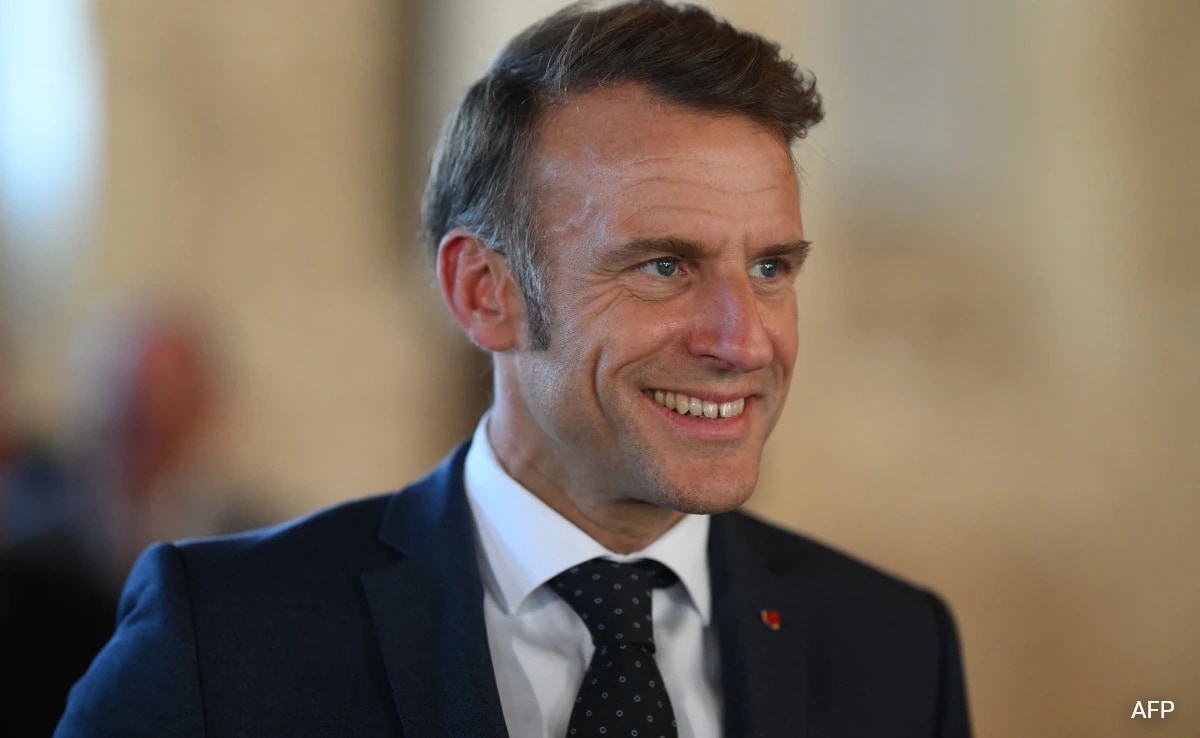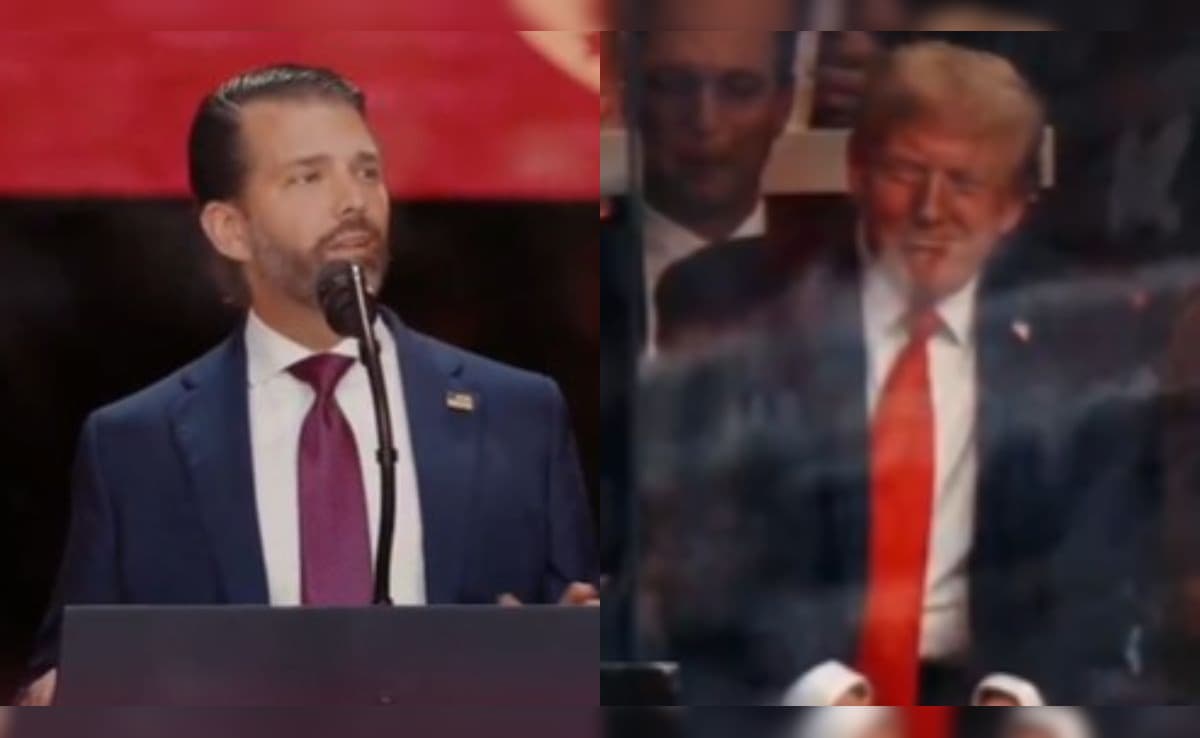Bidenâs packed schedule Thursday includes meetings with NATO, the Group of Seven major economies and the European Council, where he is expected to lay out a new series of measures against Russia â including new sanctions. Existing sanctions are also expected to be tightened.
Following a âfamily photoâ Thursday morning â a diplomatic nicety in which the NATO leaders gathered for an official picture â NATO Secretary General Jens Stoltenberg opened the extraordinary NATO summit by condemning Russiaâs âunprovoked aggressionâ against Ukraine and reaffirming NATOâs support for Ukraineâs sovereignty.
âWe are determined to continue to impose costs on Russia to bring about the end of this brutal war,â Stoltenberg said.
Stoltenberg said the allies would discuss efforts to continue supporting Ukraine and strengthening NATOâs defenses. âWe pay tribute to the great courage of the Ukrainian people and the Ukrainian armed forces fighting for their freedom and their rights,â he said. âWe also recognize those in Russia who are bravely speaking out against the war. We hear their voices. They matter.â
Stoltenberg warned a day earlier that NATO would view any use of chemical weapons by Russia as an escalation, but he remained vague on the specific repercussions of such a move. âAny use of chemical weapons would totally change the nature of the conflict and have far-reaching consequences,â he said.
Ukrainian President Volodymyr Zelensky then addressed the NATO leaders via videoconference, where he repeated his request for continued Western security assistance, according to a senior U.S. administration official who requested anonymity to share details of a private meeting. Notably, Zelensky did not make a plea for a no-fly zone, which he has repeatedly asked Western allies to implement, nor a request for NATO membership.
Biden delivered remarks next, laying out the United Statesâ three-pronged approach to addressing the crisis. He discussed the economic costs the U.S. has imposed on Russia through sanctions, the countryâs support for Ukraine through military and humanitarian assistance and the United Statesâ commitment to NATO and particularly the allianceâs eastern flank.
âThere was a very strong sense that we are facing a significant historical moment and very strong support from all of the leaders who spoke about the need to defend our democracy, the need to defend our shared values and a strong sense that NATO was appropriately poised to be able to do that,â the senior administration official said.
The official added: âThe mood overall has been sober. Itâs been resolute, and itâs been incredibly united.â
Arriving at NATOâs glass and steel headquarters Thursday, European leaders described a continent â and an alliance â transformed by Russiaâs invasion of Ukraine.
For years, the Baltics and some countries in Eastern Europe have warned about Russia, while major economies in Western Europe sought to cooperate with Putinâs regime. Those who long called for a more assertive approach are now saying that Russiaâs full-scale invasion of Ukraine proves the need.
âNobody can feel safe now,â Lithuanian President Gitanas Nauseda said Thursday. âEven those countries who are distant from Russia cannot feel safe.â
But thereâs still debate over how to prevent the conflict from escalating further, and specifically over how to communicate what would constitute red lines for NATO and the consequences for Russia if they are crossed â even as the alliance has so far remained unified in its response.
NATO has so far focused on what it wonât do, such as implement a âno-fly zoneâ over Ukraine. But it has been less specific about what Russian actions might trigger an escalated NATO response.
Some countries have expressed frustration at the Biden administrationâs declarations of steps it will not take to defend Ukraine, worrying that such public statements simply serve to embolden Putin. Biden and his team, for instance, have repeatedly said they want to avoid anything that would escalate the situation with Russia because they do not want âWorld War III.â
Ahead of Thursdayâs summit, NATO heads of state and government largely stuck to that approach, saying little about red lines.
Asked about the issue, British Prime Minister Boris Johnson said that Putin âhas already crossed the red line into barbarism.â It is now up to NATO, he said, to consider âwhat more we can do to help the people of Ukraine protect themselves.â
Since Putin launched his full-scale assault in February, the 30-member NATO alliance has reinforced its eastern flank, with some 40,000 troops now under direct NATO command, mostly in the eastern part of the alliance.
At a news conference Wednesday, Stoltenberg said NATO leaders will likely decide to do more. âI expect leaders will agree to strengthen NATOâs posture in all domains,â Stoltenberg said, âwith major increases to our forces in the eastern part of the alliance.â
The first step is the deployment of four new NATO battle groups in Bulgaria, Hungary, Romania and Slovakia. NATO leaders will also look ahead, considering what Russiaâs assault on Ukraine means for the alliance in the years to come.
âThere is a need to reset our deterrence and defense,â Stoltenberg said, âand I expect that to be a substantial increase in our presence for the long term.â
U.S. officials have warned that Russia may be planning to use chemical or biological weapons, potentially in a false-flag attack. On Wednesday, Stoltenberg said the alliance plans to send equipment to help Ukraine handle such threats â but he declined to offer specifics.
In a call last week, Biden warned Chinaâs leader, Xi Jinping, against helping Russia. NATO allies will discuss Thursday what happens if Beijing offers more support to Moscow.
âChina has provided Russia with political support, including by spreading blatant lies and disinformation,â Stoltenberg said. âAllies are concerned that China could provide material support for the Russian invasion.â
Later Thursday, Biden will join European Union leaders for a European Council meeting, where the group will discuss military assistance to Ukraine, next steps on sanctions and how to lessen Europeâs reliance on Russian energy.
The United States has banned imports of oil, natural gas and coal from Russia. The E.U., which is vastly more dependent on Russian energy, has vowed to cut gas imports by two-thirds by the end of the year, but the bloc faces pressure to do more. However, calls for an outright ban on Russian energy, or just on Russian oil, have thus far divided the 27-member E.U.
As Biden lined up for a NATO âfamily photoâ before the meetings in Brussels officially got underway, the U.S. president shook hands with and briefly spoke to British Prime Minister Boris Johnson, Turkish President President Recep Tayyip Erdogan, French President Emmanuel Macron and Estonian Prime Minister Kaja Kallas.
Then, as the leaders dispersed, Biden, Johnson and Emmanuel huddled off the stage before exiting together to attend the formal summit.
.png)











 English (United States) ·
English (United States) ·  Turkish (Turkey) ·
Turkish (Turkey) ·